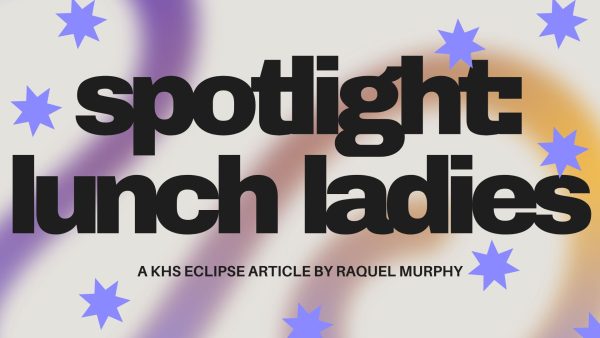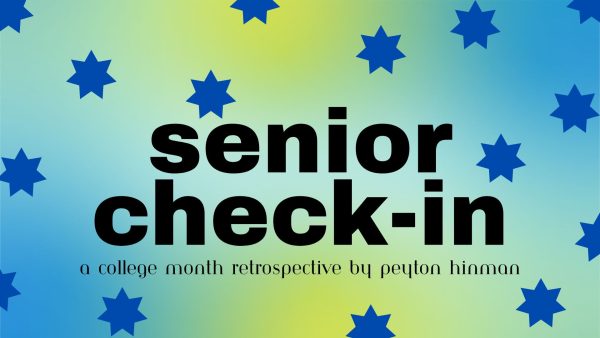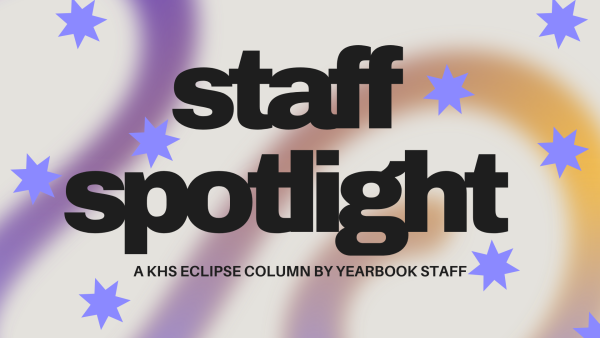Teen drug usage has decreased nationally but increased at KHS
IMAGE / National Institute on Drug Abuse
Fewer teens use drugs today than the 1990s, according to a December 2016 study by the University of Michigan in Ann Arbor.
However, the number of Kearsley students using marijuana and hallucinogens has increased.
At the start of every semester Mrs. Amy Graham, health teacher, gives her students an anonymous survey about their use of drugs, alcohol, and tobacco.
According to her surveys, Graham noticed marijuana use increased the most.
Within the last year, 59 percent of Kearsley students self-reported that they had smoked marijuana. This school year is the first time that the amount of students who had smoked marijuana has been higher than the number of students who haven’t.
Graham believes this is because of the prevalence of the drug.
“My opinion on why marijuana is increasing is because medical marijuana is legal in Michigan,” Graham said. “People around the students are smoking, and the more they see it, the more they think its OK.”
Graham’s survey also showed that the use of hallucinogens has increased over the years, but there has not been a significant change in the use of alcohol.
In addition, the use of tobacco at KHS has gone down over the years, according to Graham’s surveys, but not as much as what the U-M study shows.
The U-M study was conducted by research scientists through their Monitoring the Future program. This study surveys about 50,000 students in grades 8, 10, and 12 from around 380 public schools to find a trend in students behaviors and attitudes.
This study showed that teens who reported using illicit drugs, other than marijuana, in the prior 12 months for 8th-, 10th-, and 12th-graders has gradually declined.
The usage hit its peak in 1990 with 13, 18, and 21 percent in grades 8, 10, and 12, respectively. In 2016, these rates have dropped to 5 , 10 , and 14 percent in each grade.
Marijuana use continues to be high among 8th-, 10th-, and 12th-graders. Although the percentage of 8th- and 10th-graders who use marijuana has decreased in 2016. The rate has been slowly declining among 8th-graders since 2010 and in 10th-graders since 2013. The use among 12th-graders has remained steady since 2011, with about 36 percent of students using marijuana in the prior 12 months.
The use of alcohol is also frequent in the lives of adolescents, though it is on a steady decline. Annual and monthly use of alcohol has continued to decline in 2016.
More importantly, binge drinking, defined as having five or more drinks in a row on more than one occasion, has dropped by half as much as in late 1990 when it hit its peak. Today, the percentage of teens who binge drink are 3, 10, and 16 percent in grades 8, 10, and 12, respectively.
Graham has not noticed a significant difference in the use of alcohol according to her survey.
“I really don’t believe it will decrease, for one, because it is glorified in its advertisements and, two, kids think it is cool,” Graham said.
Continuing a decades long decline, cigarette use reached the lowest rate in 42 years in 2016.
“I hope the use of tobacco will continue to decrease in the next couple of years,” Graham said. “Nationwide the use of tobacco is on the decline and has been for several years. I believe much of this can be attributed to more education, especially TV ads against smoking.”

Birthday: June 3, 2000
Extracurricular activities: volleyball
Hobbies: Reading
Plans after high school: Go to college to be a sign language...







Haley Peters • Feb 23, 2017 at 1:06 pm
Hello.I am a 8th grader at AMS and I am choosing electives.This elective “Journalism” really caught my eye. Journalism look’s very intriguing to me.I was wondering…do you recommend for an 8th grader going into 9th grade to take journalism? Also you did a very good job on this article it was very interesting Thankyou.
-Haley Peters,8th grader